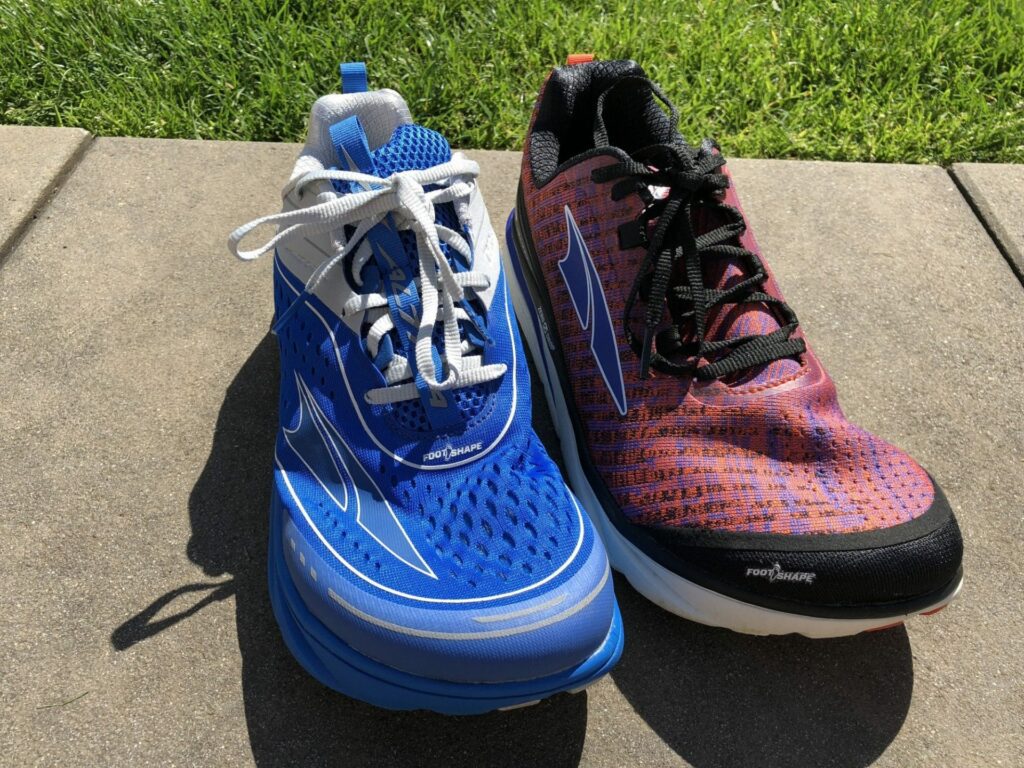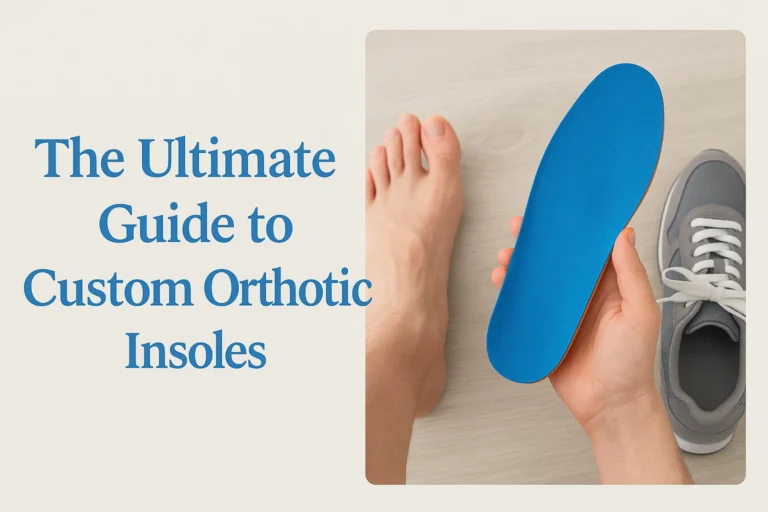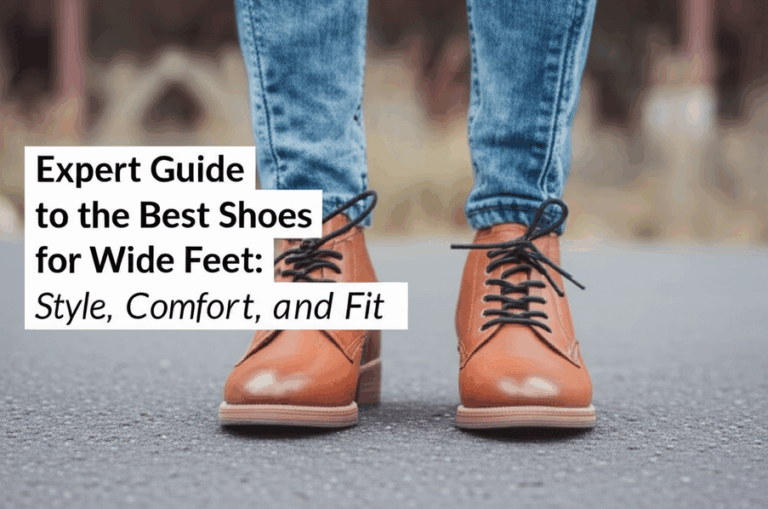6 Materials For Shoes: Updated 2024
In the diverse world of sneaker materials, six particular choices stand out, favored by designers for their unique qualities. These materials include textiles, leather, high-end leather, synthetics, canvas, and foam. They represent the top picks in the sneaker industry.
Join us as we delve into their distinctive characteristics, the experiences they provide, and the way they shape the feel, functionality, and style of your favorite sneakers.
Our goal is to offer an expert perspective, we’ll explore how these materials make each sneaker special.
How To Select Footwear Materials?

With my experience, the materials for shoe soles you choose in shoe design are the essence that brings your footwear visions to life. It’s a revelation to discover that the uniqueness of a shoe lies not in its pattern but in the materials used.
For those diving into the art of shoemaking, understanding how to precisely select and specify materials is key. If your ambition is to excel as a shoe designer, mastering the art of material specification is non-negotiable.
An unlimited palette of materials and colors at your disposal, from the luxury of rich leathers to the elegance of silky mesh, and the innovation of high-tech synthetics – the choice is yours.
In the realm of shoe design, selecting the right materials is a task that requires careful consideration. These materials must not only resonate with the designer’s vision but also stand up to the practical demands of shoemaking. The material must endure both the performance requirements of the footwear and the rigors of manufacturing
For instance, a visually stunning material is of no use if it tears during the lasting phase or loses its color in the sun. Consider the case of iconic brands like Nike or Adidas; their continual experimentation with different materials has led to groundbreaking innovations in durability and design, setting benchmarks in the industry.
So, let’s delve into the process of choosing the right materials for footwear. Our goal is to guide you through balancing aesthetic appeal with practical functionality and durability. By exploring real-world examples and proven practices, we aim to equip you with the insights and knowledge necessary for making informed decisions in your shoe design journey
Leather For Shoes
The shoe materials are vast, but leather has a special place. There’s something satisfying about sliding your feet into a pair of leather sneakers. It’s a sensory experience, the scent of new leather, the soft yet sturdy feel against your skin, the way it molds to your foot’s shape over time, providing a tailored fit uniquely yours.
Leather sneakers are often associated with a higher price point. But they’re a testament to the age-old adage: You get what you pay for.
They’re built to withstand the test of time. Their durability ensures they remain a constant in your footwear rotation for years.
Even as they age, leather sneakers retain their appeal, with the wear and tear often adding a touch of character and individuality.
In shoe making, the smallest amount of leather we can’t use, called cutting loss, is about 5% of a hide. But for the best shoes, this loss can be as much as 15%. So, we don’t use 15% of the leather we pay for.
Textiles For Shoes
Textiles play a crucial role in the sneaker industry, greatly influencing both the style and functionality of these popular shoes. Their significance can’t be overstated, as they bring a rich variety of textures, colors, and patterns for shoes, sparking immense creativity in design.
Did you know that both natural and synthetic fibers are considered textiles?
This includes everyday materials like cotton, known for its breathability, as well as more durable options like nylon and polyester. These choices aren’t just about looks; they deeply impact the comfort and practicality of sneakers.
For example, consider athletic sneakers. Why are they so comfortable and efficient for sports?
It’s largely due to the textiles used. Materials with moisture-wicking properties and good ventilation are essential for athletic footwear. They keep our feet dry and cool, enhancing performance and comfort.
So, when we choose sneakers, we’re not just picking a style. We’re selecting materials that will affect how our shoes feel and function in our daily lives. This understanding helps us make informed decisions about what we wear, ensuring we get the best out of our footwear.
Synthetics For Shoes
In the fashion world, synthetic materials have revolutionized how we approach sneaker design and functionality. These materials aren’t just imitating natural ones; they’re often doing so more affordably, without sacrificing quality or style.
Let’s delve into this innovative realm. How do synthetic materials enhance our sneakers? Take mesh, for example. It’s widely used in sneakers for its superior breathability, making it a favorite for athletic and casual shoes alike.
Then there’s faux leather, capturing the elegance of genuine leather without the high cost and maintenance concerns. It’s not just about cost-saving; it’s about accessibility and ethical choices in fashion.
Synthetics aren’t limited to mimicking natural materials. They bring their unique advantages for shoes. Durability, flexibility, and weather resistance are some of the key benefits. These features are crucial for sneakers that need to withstand daily wear and tear while providing comfort with color you like.
Canvas For Shoes
Let’s explore why canvas sneakers are more than just a fashion statement. Have you ever noticed how light and airy they feel, especially on warm days? This is because canvas, as a material, is both lightweight and breathable, making it a go-to choice for casual, everyday footwear.
Their versatility plays a huge role. Canvas sneakers can effortlessly match a wide range of outfits, from jeans and shorts to casual dresses, embodying a laid-back yet chic vibe. They’re not just shoes; they’re fashion staples that enhance our wardrobe.
From a practical standpoint, canvas material for shoes scores high as well. These sneakers are generally more affordable compared to those made with leather or high-tech synthetic materials.
Plus, their ease of maintenance – being relatively simple to clean – adds to their appeal. It’s these practical benefits that make canvas sneakers a wise choice for day-to-day wear.
Foam For Shoes
Foam technology has truly transformed the comfort experience in modern sneakers. Have you ever experienced the feeling of slipping your feet into foam-enhanced sneakers? It’s akin to stepping on a cloud – a level of comfort that has redefined what we expect from our footwear.
Let’s delve deeper into this innovation. Foam isn’t just about softness; it’s about strategic cushioning and support. Consider the roles of insoles and midsoles. Here, foam provides crucial cushioning, helping to absorb shock with each step. This not only enhances comfort but also reduces the strain on our feet and joints.
From insoles to midsoles, foam plays a pivotal role in cushioning and shock absorption. Varieties like memory foam mold to your foot’s unique shape, offering a customized fit and enhanced comfort. EVA (ethylene-vinyl acetate), another popular foam type, provides a plush, responsive feel underfoot, adding a spring to your step.
So, what does this mean for us as consumers?
It means sneakers that not only look good but feel good too. Foam-enhanced sneakers offer a combination of style and functionality, making them a smart choice for those seeking both comfort and fashion.
Knit For Shoes

Knit fabric in footwear presents a fascinating contrast to traditional leather. Both are high-quality materials, yet they offer distinct benefits. Knit, with its light weight and superior breathability, is an excellent choice for active footwear.
Its flexibility and quick-drying properties enhance comfort, making it ideal for shoes designed for movement and activity.
Maintaining knit shoes is remarkably straightforward. Many knit uppers are machine washable, provided you use a cold setting and avoid heat to maintain their shape and integrity. This ease of care is a significant advantage for those with busy lifestyles.
For instance, the Madrid Eco-Knit. This model exemplifies the advantages of knitting in shoes. The upper is crafted from a 4-way stretch fabric, ensuring both flexibility and comfort. Additionally, the outsole features responsive cushioning, offering both foot protection and arch support.
However, it’s important to note a potential drawback of knit materials: their tendency to absorb water. This characteristic might pose a challenge in rainy conditions, as the material can become wet easily.
Despite this, the advantages of knit, such as its comfort and ease of maintenance, make it a material worth considering for various shoe styles.
Another highlight of knit shoes, like the Madrid Eco-Knit, is their slip-on design. Eliminating the need for laces, these shoes offer convenience and ease – simply slide your feet in and you’re ready to go. This feature adds to the overall appeal of knit footwear, marrying functionality with modern design.
Which Type Of Shoe Material Is Best?
In the realm of footwear design, there’s no one-size-fits-all ‘best’ material for shoes. The selection of materials varies significantly depending on the type of shoe and its intended use.
This decision-making process is a collaborative effort involving shoe designers, footwear developers, and product managers. Together, they weigh various factors such as cost, performance, durability, duty rates, comfort, and style to determine the most suitable material for each shoe.
For instance, consider running shoes. The ideal material for these is often lightweight and breathable, like mesh or knit fabrics, enhancing performance and comfort during physical activity.
On the other hand, work boots require robust materials like thick leather or durable synthetics to ensure protection and longevity under harsh conditions.
Every shoe serves a different purpose and audience, necessitating a tailored approach to material selection. For example, a high-end fashion shoe might prioritize style and use luxury materials like fine leather or suede, while an everyday casual shoe might focus on comfort and opt for canvas or softer leathers.
What Are Nike Shoes Made Of?
Nike, a leader in the footwear industry, skillfully employs a variety of materials to cater to the specific needs of different types of shoes.
The materials used in their shoes, such as leather, fabric, foam, and rubber, are carefully chosen to balance functionality, comfort, and style.
For instance, classic and deluxe model basketball shoes from Nike often feature real leather components. The use of leather in these shoes is not just for aesthetic appeal; it provides durability and support, essential for the demands of basketball.
In contrast, Nike’s running shoes and contemporary performance baseball shoes predominantly use lightweight fabric uppers. The shift from heavier leather to fabric is strategic. Why?
Because in activities like running and baseball, agility and comfort are paramount. Lightweight fabrics reduce the overall weight of the shoes, enhancing the athlete’s performance by allowing for greater speed and less fatigue.
Conclusion
Understanding the materials used in your shoes empowers you to make informed choices about your purchases and when to wear them.
In any shoe selection, comfort reigns supreme. It’s the primary factor, with all other considerations following. This knowledge of shoe materials not only guides you in choosing the right pair for various occasions but also ensures your feet are well-cared for, no matter the style you opt for. Remember, a comfortable shoe is a cornerstone of daily well-being and functionality.









